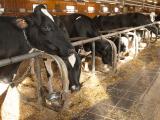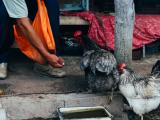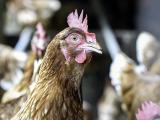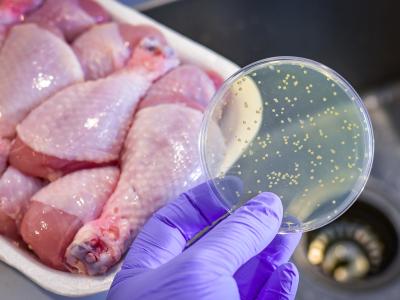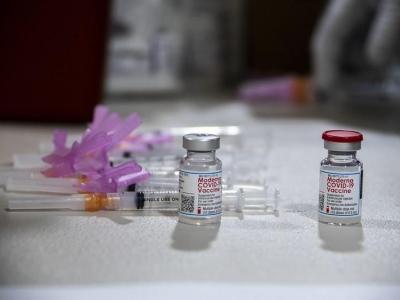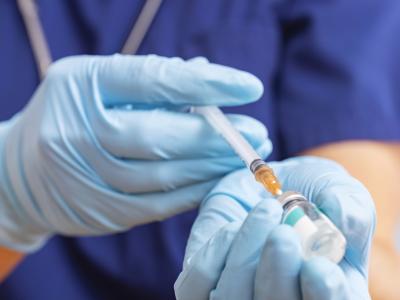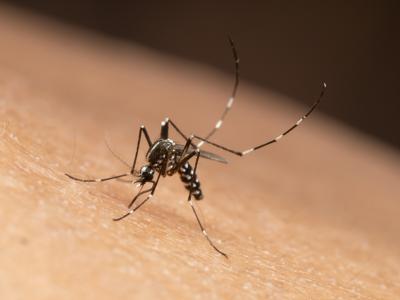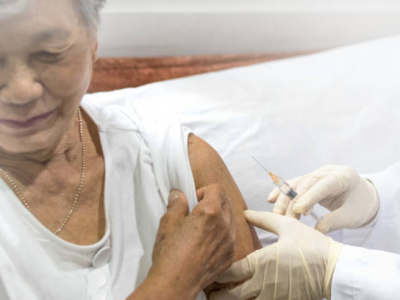Jul 17, 2007 (CIDRAP News) – The US Department of Agriculture (USDA) today confirmed that turkeys at a Virginia farm were exposed to the low-pathogenic North American strain of the H5N1 avian flu virus.
Today's announcement follows a USDA statement 6 days ago that testing at the National Veterinary Services Laboratory (NVSL) in Ames, Iowa, revealed the birds had antibodies to an H5N1 virus, indicating they were possibly exposed to a low-pathogenic strain, but further testing was needed to pinpoint the specific virus.
Preslaughter testing had revealed that samples from the birds suggested they had antibodies to an H5 influenza virus, but Virginia's agriculture department, in a Jul 9 statement announcing the outbreak, said none of the birds had shown any signs of illness or had died unexpectedly.
"We can say for certain that this is not highly pathogenic H5N1 circulating in parts of Asia, Europe, and Africa," said John Clifford, the USDA's chief veterinary officer, in a USDA press release. He said the North American H5N1 stain is not a threat to human health and causes minor sickness or no noticeable symptoms in birds.
State and industry officials have culled about 54,000 turkeys at the farm, and because the poultry producer participates in the expanded National Poultry Improvement Plan, it will be reimbursed 100% for the costs associated with the cull, Clifford said.
In September 2006 the USDA published an interim rule that expanded the voluntary cooperative federal, state, and industry program to provide compensation for low-pathogenic H5 and H7 poultry outbreak eradication, the USDA press release said.
Surveillance in the area surrounding the affected Shenandoah Valley farm is continuing, but so far all tests have been negative, Clifford said.
The North American H5N1 strain is commonly detected in apparently healthy birds during routine surveillance, according to the USDA.
See also:
Jul 17 USDA press release
Jul 11 CIDRAP News article "USDA: turkeys may have been exposed to mild H5N1"
USDA fact sheet on low-pathogenic H5N1





